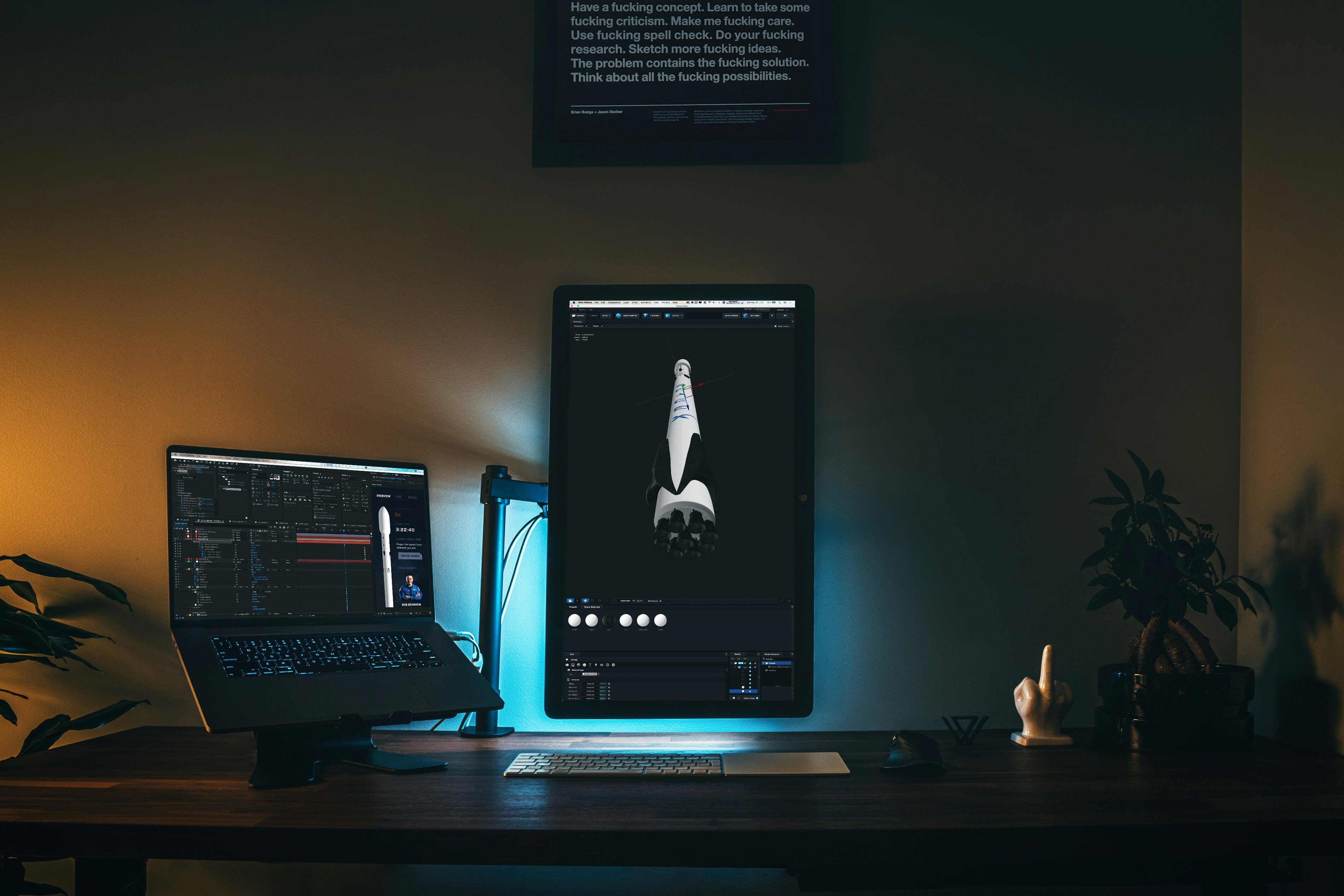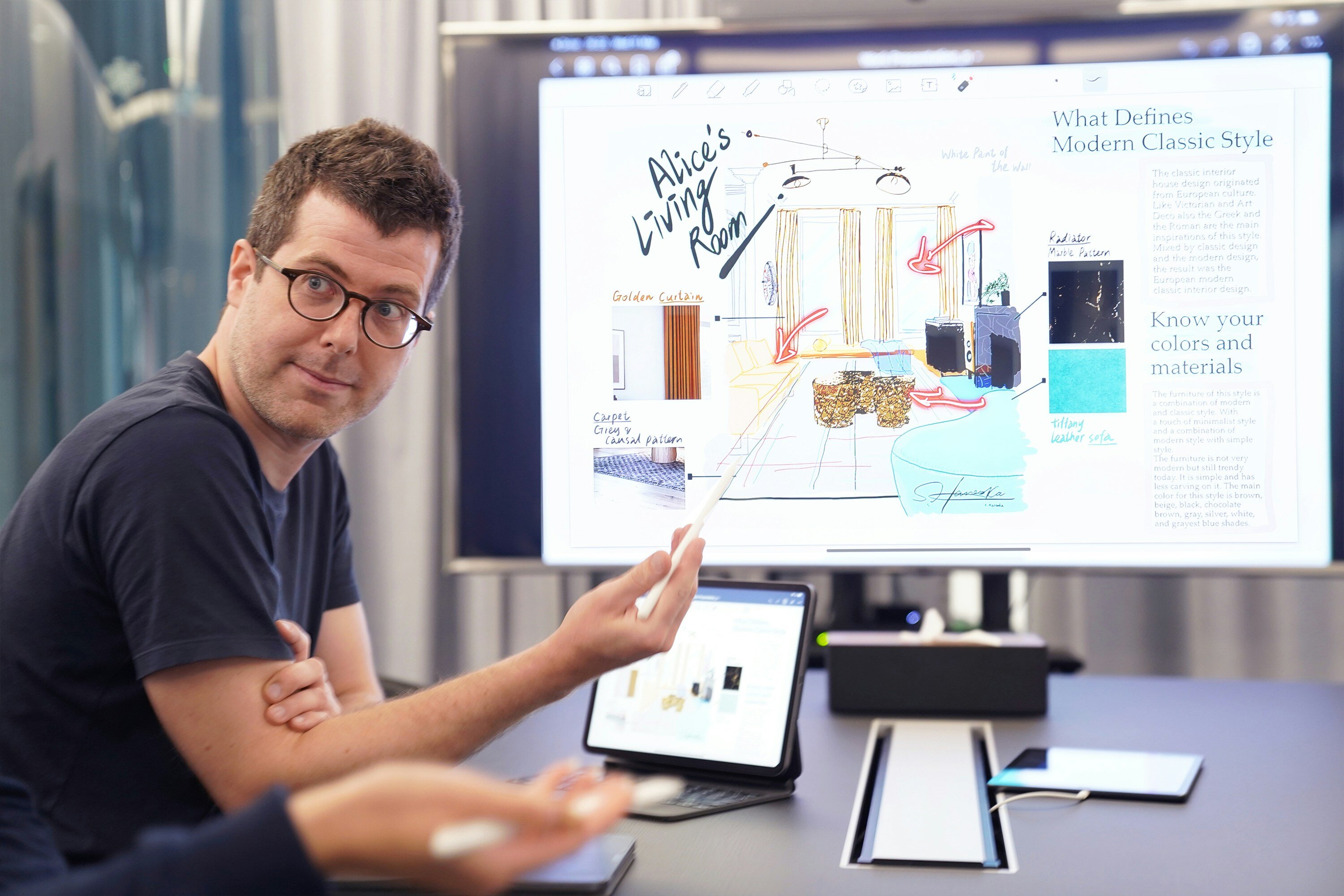Table of Contents
- Introduction to Portfolio Building for Freelance Artists
- Why Do Freelance Artists Need a Portfolio in 2024?
- The Importance of a Well-Constructed Portfolio
- Expert Tips on How to Build a Portfolio for Freelancers in 2024
- Utilizing Portfoliobox to Build Your Portfolio
- How to Sell Your Services as a Freelance Artist with Portfoliobox
- Future Trends: Portfolio Building in 2024 and Beyond
- Conclusion
- FAQ
Introduction to Portfolio Building for Freelance Artists
In an ever-evolving digital landscape, establishing oneself as a freelance artist necessitates not just talent but also a compelling online presence. A portfolio is the cornerstone of an artist's online identity, showcasing their skills, style, and range of work to potential clients and collaborators. The year 2024 sees an even greater emphasis on the digital showcase of talent, making the understanding of how to construct a portfolio more vital than ever.
For freelance artists, a portfolio is more than just a collection of work. It represents their personal brand and is a critical tool for communication with the outside world. A well-built portfolio can open doors to new opportunities, while a poorly constructed one can hinder even the most skilled artist’s career. In this digital age, an artist’s portfolio is often the first impression given to clients, and as the saying goes, first impressions are paramount.
The complexity of building an online portfolio might seem daunting at first glance. However, with the right guidance and tools, even those less versed in the technical aspects of website creation can craft a stunning visual resume. The aim is to demystify the process, allowing artists to focus on what they do best—creating—while also presenting their work in the best possible light.

Why Do Freelance Artists Need a Portfolio in 2024?
The year 2024 has brought with it an increased dependence on digital mediums. In such a scenario, having an online portfolio is not just an advantage; it is a necessity. It serves as a bridge between freelance artists and the global market. It allows for instant access to their work by anyone, anywhere, at any time, which is essential for securing international clients or participating in global projects.
Another reason for the critical need for a portfolio is competition. The freelance industry is becoming increasingly saturated, and a distinctive portfolio can set an artist apart from the masses. It's a way to not just showcase talent, but to also demonstrate professionalism and dedication to one’s craft. Clients are more likely to trust and invest in artists who have taken the time to present their work methodically and attractively.
Lastly, the dynamic nature of the freelance market demands adaptability and the ability to showcase versatility. A portfolio in 2024 must be easily updatable to reflect the latest work and trends. As such, it becomes an evolving document of an artist's growth and adaptability in an industry that never stands still.
The Importance of a Well-Constructed Portfolio
A well-constructed portfolio does more than showcase an artist's best work; it narrates a story of their artistic journey, their ethos, and their unique perspective. It reflects a level of sophistication and thoughtfulness that speaks to the artist's commitment to their craft. This narrative is crucial in building a connection with potential clients and employers who are often looking for more than just technical skills; they are looking for an artist whose vision aligns with their own.
Moreover, the organization and functionality of a portfolio are as important as the work it displays. A portfolio that is difficult to navigate or slow to load can be off-putting and may result in lost opportunities. A well-constructed portfolio, on the other hand, speaks to the artist's attention to detail and their understanding of user experience—a skill highly valued in the digital realm.
Finally, a portfolio is an artist's professional face. It should be curated to reflect the kind of work the artist wants to attract. This means making tough decisions about what to include and what to leave out, ensuring that each piece serves the portfolio's overall purpose.

Expert Tips on How to Build a Portfolio for Freelancers in 2024
1. Define Your Niche
Understanding and defining your niche is the first step in creating a portfolio that resonates with your target audience. As an artist, it's essential to know the unique aspects of your work that set you apart from others in your field. This self-awareness will guide the selection of your best and most relevant pieces, creating a focused and cohesive portfolio.
2. Tell Your Story
Every artist has a story, and your portfolio is the perfect platform to tell it. Use your biography to share your journey, your inspirations, and your approach to your work. This personal touch can create a bond with your audience and give context to the work you present.
3. Quality Over Quantity
It's tempting to fill your portfolio with every piece you've ever created, but restraint is key. Choose pieces that showcase your skills and range without overwhelming the viewer. The goal is to leave them wanting to see more, not less, of your work.
4. Professional Presentation
The presentation of your work should be as professional as the work itself. This means high-quality images, thoughtful descriptions, and a clean, navigable layout. Consider hiring a professional photographer or learning basic photography skills to ensure your work is shown in the best light.
5. Keep It Updated
Your portfolio should be a living document, regularly updated with new works and pruned of older pieces that no longer represent your best work. This not only shows that you are active and evolving in your field but also ensures that your portfolio remains relevant and engaging over time.
6. SEO Optimization
In the digital age, visibility is key. Optimize your online portfolio for search engines by using relevant keywords, meta descriptions, and alt text for images. This will help potential clients find your work when they search for artists in your niche.
7. Feedback and Analytics
Use feedback from peers and clients, as well as analytics from your portfolio site, to understand how visitors interact with your work. This data can inform decisions about what to tweak or highlight in your portfolio.
8. Personal Branding
Your portfolio is an extension of your personal brand. Ensure that every aspect, from the color scheme to the font choice, aligns with the brand you are building. Consistency across all platforms reinforces your professional identity and makes you more memorable to clients.
Utilizing Portfoliobox to Build Your Portfolio
Portfoliobox is a website builder tailored to the needs of creative professionals. It provides the tools required to build a sleek, responsive portfolio without needing to delve into complex coding. The platform offers a range of templates and customization options to match the aesthetic of your work.
The advantage of using Portfoliobox is its user-friendly interface. Even those with little to no technical background can create a stunning portfolio that appears professionally designed. With drag-and-drop features and easy-to-use editing tools, artists can focus on the content rather than the process.
Moreover, Portfoliobox is built with creatives in mind. It understands the importance of high-quality image presentation and offers responsive galleries that look great on any device. This ensures that your work is accessible to clients, whether they are viewing on a desktop, tablet, or smartphone.
How to Sell Your Services as a Freelance Artist with Portfoliobox
Once your portfolio is built and polished, the next step is to use it to sell your services. Portfoliobox includes tools for creating an online store, making it simple to sell prints, digital downloads, or even book commissions directly from your site.
The key to selling your services is clarity. Make sure your site clearly states what services you offer, your rates, and how clients can contact you. A well-defined services page, coupled with an intuitive contact form, can streamline the process for potential clients to engage your services.
Additionally, utilize the blog feature to share insights into your creative process, upcoming projects, or industry trends. This not only adds depth to your online presence but also provides fresh content that can improve search engine rankings and draw more traffic to your site.

Future Trends: Portfolio Building in 2024 and Beyond
The landscape for freelance artists is continually shifting, and portfolios must adapt to these changes. In the future, we can expect to see more interactive portfolios that incorporate elements like video or augmented reality to showcase work in dynamic ways.
Social integration will also play an increasingly important role. Artists will leverage their social media presence to drive traffic to their portfolios and integrate social feeds directly into their portfolio sites.
Lastly, as the freelance market grows, differentiation will become even more critical. Artists will need to find innovative ways to make their portfolios stand out, not just through the work they present but also through the storytelling and user experience they provide.
Conclusion
Building a portfolio as a freelance artist in 2024 is about much more than just displaying your work. It's about crafting an online presence that tells your story, showcases your talent, and connects with your audience. By following these expert tips, utilizing tools like Portfoliobox, and staying abreast of future trends, artists can create portfolios that not only capture attention but also help to build a sustainable freelance career.
FAQ
Q: How often should I update my portfolio? A: It's best to update your portfolio regularly, at least every few months, to ensure it reflects your current skills and latest work.
Q: Can I build a portfolio if I'm not tech-savvy? A: Yes, platforms like Portfoliobox are designed for ease of use, allowing anyone to create a professional-looking portfolio without needing to know how to code.
Q: Should I include every piece of work I've done in my portfolio? A: No, it's important to be selective and only include work that represents your best and is relevant to the services you want to sell.
Q: How important is SEO for my portfolio? A: SEO is very important for your portfolio as it can significantly increase your visibility to potential clients searching for artists in your niche.












